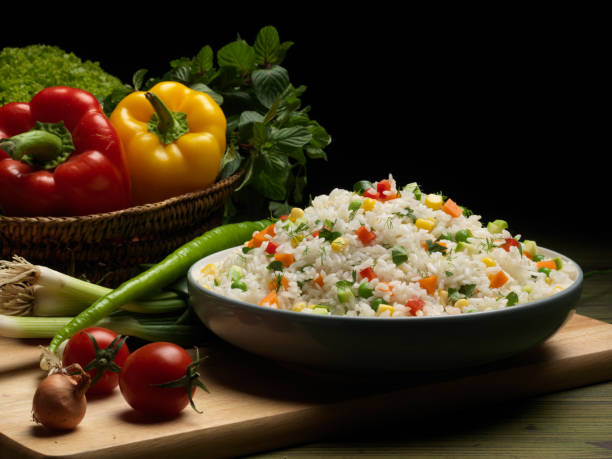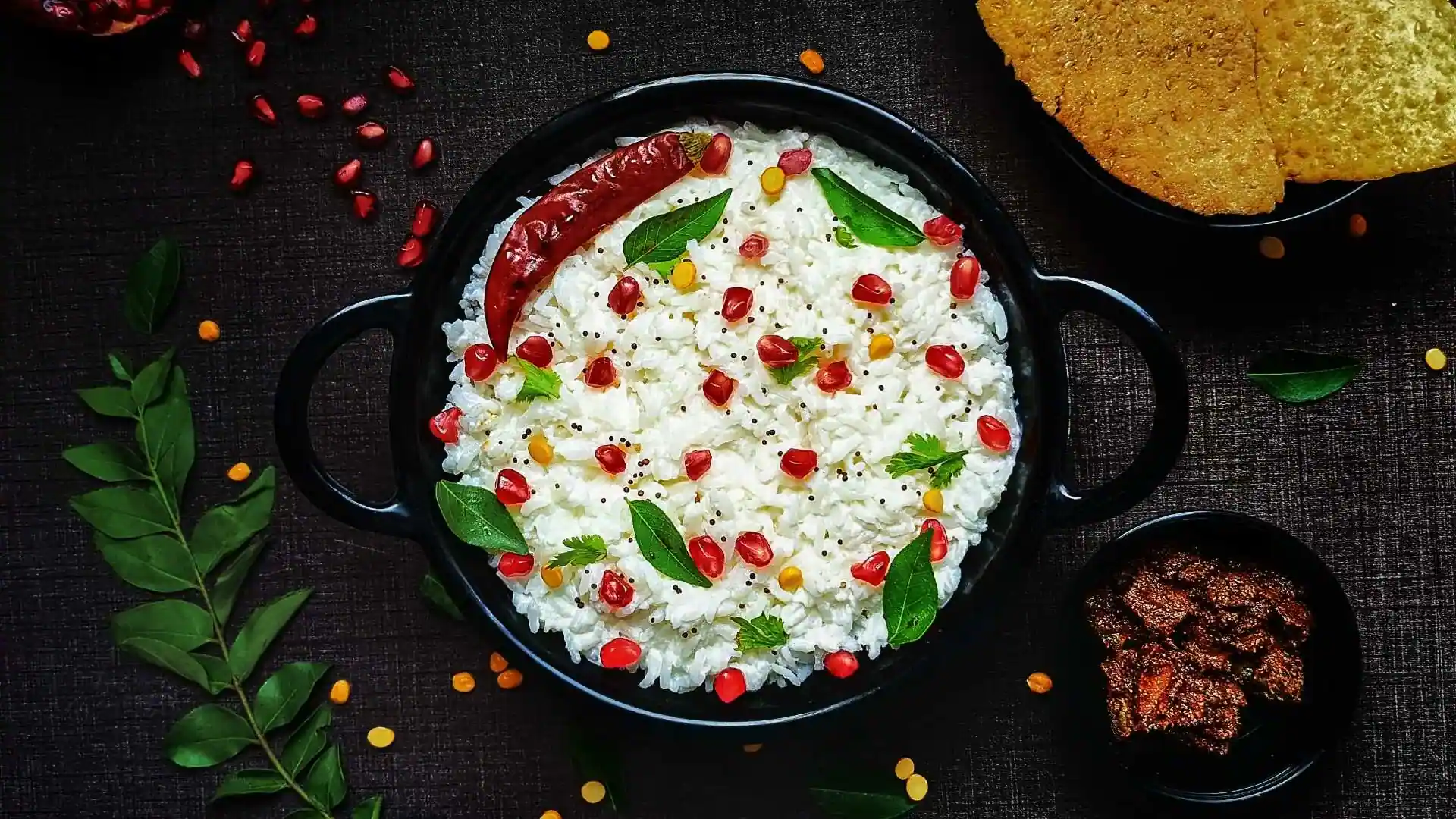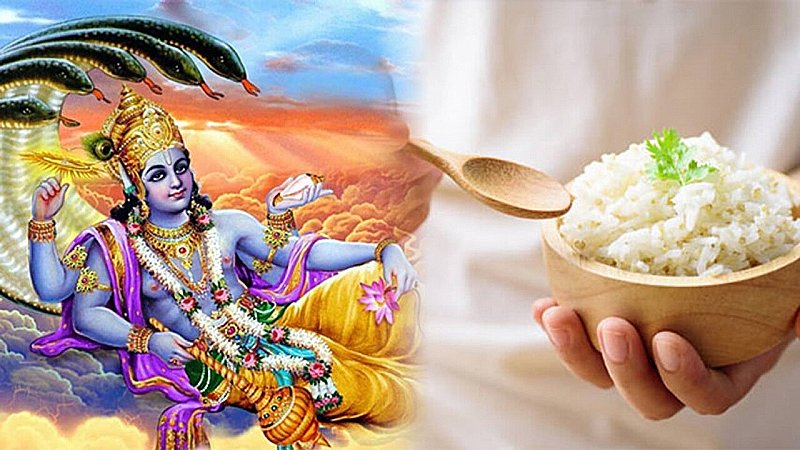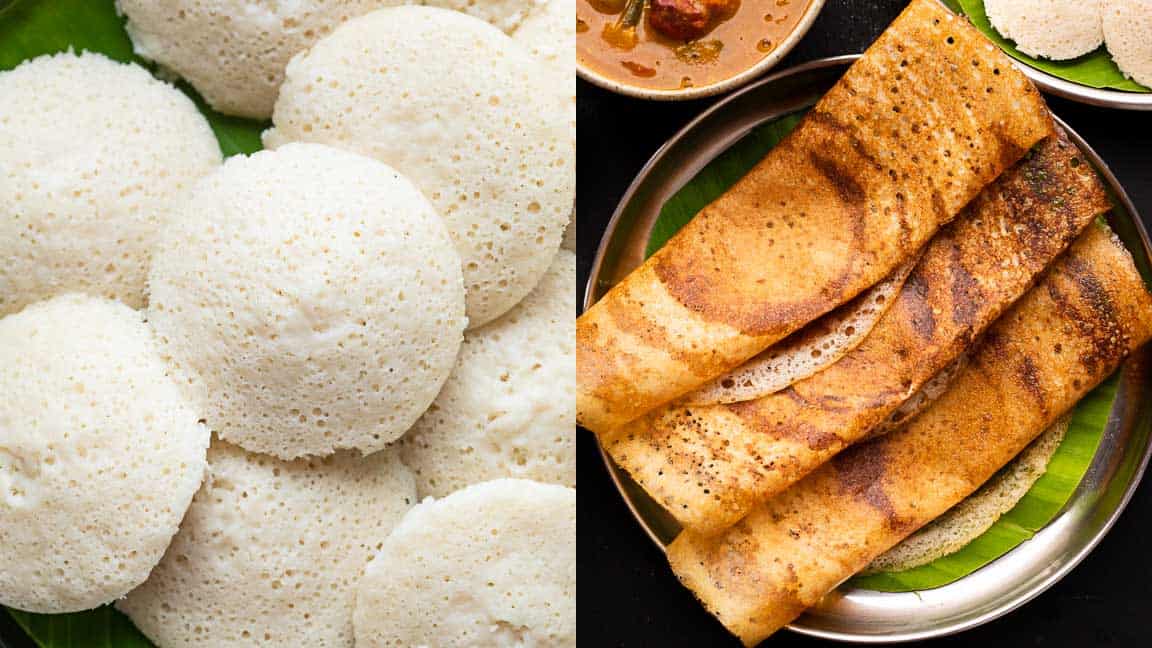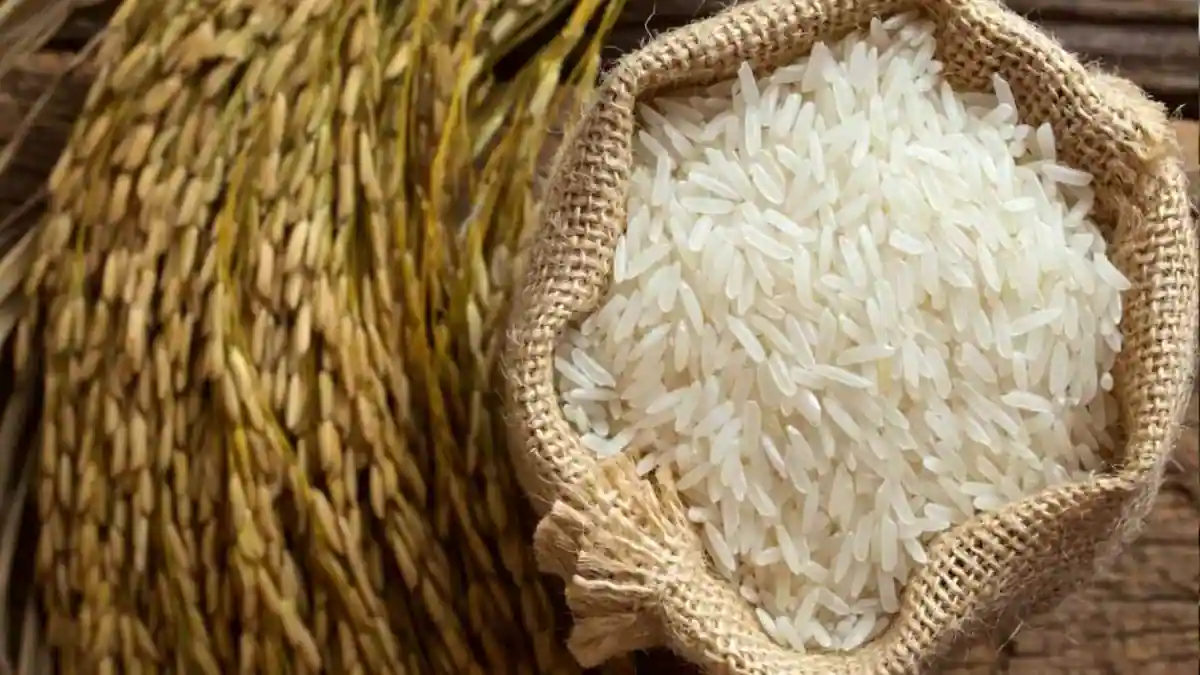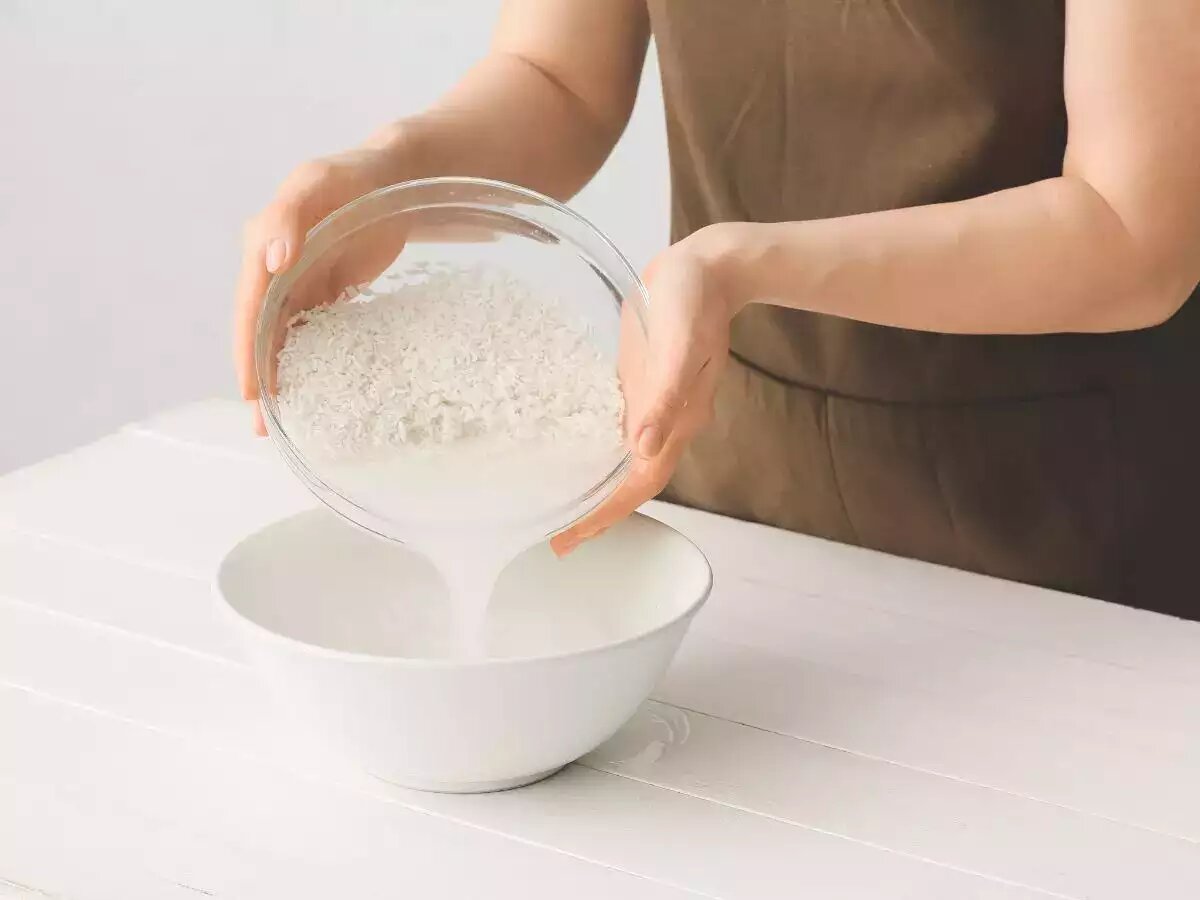Why Rice Grains Are Offered in Pooja and Path ?
In Hindu culture, rice grains hold symbolic significance and are commonly offered in poojas (religious rituals) and paths (ritualistic worship or reading of sacred texts). Here are a few reasons why rice grains are used in these ceremonies:
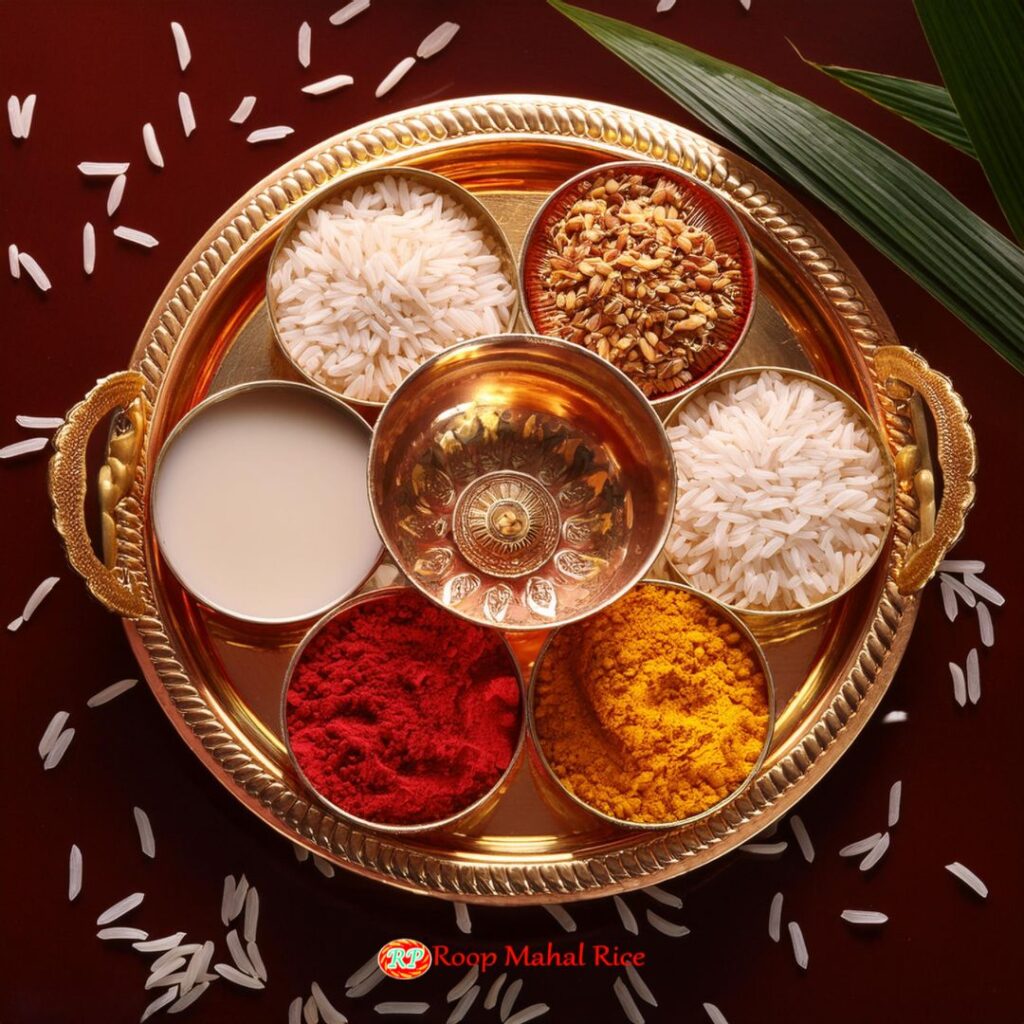
1. Purity of rice
- Rice is considered the purest grain because it’s boxed within a cocoon, keeping it untainted.
- No beast or raspberry can pollute it, making it ideal for sacred rituals.
2. Significance in Hindu Religion
- In Hindu rituals, offering rice holds special significance.
- If any essential item is missing during Pooja, rice can substitute for it.
3. Complete Grains for Deity
- It’s important to offer whole, unbroken grains of rice to the deity.
- Broken rice grains shouldn’t be used for worshipping the gods.
4. Symbol of Peace
- The white color of rice symbolizes peace, making it a suitable immolation during Pooja.
5. First Crop on Earth
- According to beliefs, rice was the first crop to grow on Earth.
- Offering Akshata or whole rice grains is akin to offering the veritably substance of food.
6. Enhancing Mantras
- Mixing Akshata with turmeric and offering it to the deity during prayers enhances the effectiveness of the mantras and brings about asked issues snappily.
7. Ancient Traditions
- Rice has been used in religious observances for thousands of times.
- Ancient Vedic textbooks mention rice in the environment of immolations and offerings.
Spiritual Significance
1. Connection to the Earth
- Rice civilisation involves natural rudiments like water, soil, and sun.
- Using rice in rituals signifies a return to the Earth and a festivity of its bounty.
2. Symbol of Life and Renewal
- Rice grains are seeds, representing life and eventuality.
- Offering rice can emblematise the renewal of life and the cyclical nature of actuality.
Practical and Emblematic Uses of Rice
1. Akshata The Holy Rice
- Akshata refers to whole rice grains frequently mixed with turmeric or vermilion used in rituals.
- It symbolizes blessings of substance, fertility, and good fortune.
2. Kailash Pooja
- Involves a pot filled with water and outgunned with a coconut placed over a bed of rice.
- The rice bed signifies a foundation of substance and stability.
3. Navagraha Pooja
- Different multicolored rice grains represent each earth in this ritual.
- These grains are offered to assuage the globes and seek their favorable influence.
4. Rangoli and ornamental Uses
- Rice is used to produce Rangoli, intricate patterns drawn on the bottom during carnivals.
- Colored rice is used to drink divinities and bring good luck to the ménage.
Regional Variations
1. South India
- Rice is integral to diurnal life and rituals.
- Special rice dishes like Pongal are offered during Pooja, emblematizing substance.
2. North India
- Rice is prominently used during major carnivals like Diwali and Navratri.
- During Diwali, rice is used in Lakshmi Pooja to bring the goddess of wealth’s blessings.
3. Eastern India
- In Bengal, rice plays a pivotal part in carnivals like Durga Puja.
- Offering rice- grounded sweets and drawing sacred symbols with rice highlight its significance.
Conclusion
- Offering rice in Pooja symbolizes chastity, peace, and food.
- It fulfills both spiritual and ritualistic places in Hindu deification.
- Appreciating the layers of meaning and tradition in this sacred grain enhances our understanding of its dateless part in seeking godly blessings.
Want to Try Roop Mahal Basmati Rice ? Click here
Learn More Interesting Recipes – Click for Interesting Recipes

